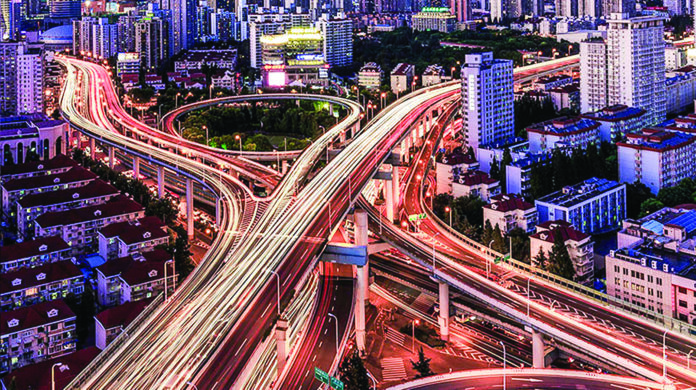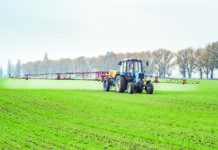India stands at a crucial juncture in its urban journey. In the next two decades, over 400 million people are expected to move into cities, pushing the total urban population beyond 900 million by 2050. This moment demands a clear-eyed assessment of our urban trajectory and a re-engagement with the lessons from our past to the future.
While modern India has embraced diverse models of urban development—from master-planned capitals to retrofitted smart cities—it is worth remembering that India has a vibrant tradition of urban planning, one that predates many Western counterparts. Rooted in climate sensitivity, geography, and culture, this tradition offers valuable insights at a time when many of our cities are under severe stress.
Urban Wisdom from the Past: Long before the advent of urban design manuals or satellite-based planning tools, ancient Indian cities demonstrated remarkable foresight in integrating built environments with ecological systems. The cities of the Indus Valley—Mohenjo-daro, Harappa, and Dholavira— exemplified urban sophistication as early as 2600 BCE. Dholavira, located in the arid Rann of Kachchh, pioneered water conservation through massive reservoirs and an underground drainage system, all finely attuned to seasonal rainfall and water scarcity.
Pataliputra, once the capital of the Mauryan Empire, offers another example of early planning acumen. The Greek ambassador Megasthenes, who visited the city in the 4th century BCE, described its broad avenues, fortified walls, and spatial zoning. The Arthashastra of Kautilya laid out detailed protocols for urban layouts: specifying road widths, drainage systems, fire safety infrastructure, and the organisation of trade and residential quarters.
Later, temple towns such as Madurai, Kanchipuram, and Srirangam reflected a concentric model of urban growth around a central sacred complex. These towns featured clearly demarcated residential, commercial, and civic zones. Their layout encouraged walkability, civic interaction, water harvesting through temple tanks, and vibrant neighborhoods that remain socially and functionally relevant even today. These historical models were not mere expressions of grandeur or religious symbolism. They were pragmatic, ecologically sensitive, and inclusive—balancing density with access to shared resources.
Today’s Urban Landscape: Challenges and Opportunities: India’s cities today are dynamic hubs of aspiration and enterprise. However, they also face significant challenges. Rapid urbanisation has strained infrastructure, housing, and public services. Informal settlements have expanded, often without secure land rights or reliable access to water, sanitation, and waste systems. Affordable housing remains elusive for many low-income and migrant families.
In cities like Mumbai and Delhi, the cost and availability of well-located housing force millions into overcrowded areas. Rivers once central to city life—like the Yamuna—have become polluted and neglected. Yet these pressures also offer a critical opportunity to reimagine the future. India can build cities that are inclusive, resilient, and environmentally responsible—if it draws from both tradition and innovation.
Learning from the Past: A Path Forward: At this critical juncture, India’s dynamic history of Urban planning offers not nostalgia to brood upon but essential wisdom to advance upon. India’s past reveals that city-building was once closely intertwined to environmental realities, adhering to local needs and premised upon decentralised governance and principled inclusivity. To address today’s water scarcity, planners can take cues from Dholavira— through decentralised harvesting, revival of tanks and stepwells, and mandatory rainwater collection in new developments. The Arthashastra’s stress on regulated road widths, drainage, and fire safety can inform updated town planning codes suited to present-day contexts.
The concentric planning of temple towns provides a blueprint for building walkable, mixed-use neighbourhoods with shared public spaces at their heart. Such forms reduce commuting distances, foster interaction, and encourage stewardship of common spaces. The importance of Property rights in formalisation of slum lands and furthering sustainable urban development shouldn’t be underestimated. Economists have long argued that secure property and land rights give people the confidence to invest in their homes and surroundings.
When individuals are assured that they won’t be evicted or lose their land to private or government claims, they are more likely to improve their dwellings, access credit, and contribute to better infrastructure. Therefore, to gradually arrest hasty expansion of slums and upgrade existing slum dwellings, India must invest in well-serviced, affordable housing across income groups. This requires robust land-pooling mechanisms and supportive rental frameworks. Reviving the concept of planned townships—tailored to local economic and ecological contexts—can divert migratory pressure from saturated cities.
Building the Cities We Need: India’s urban future will be shaped by the decisions we make today. We must rediscover and reinterpret the wisdom embedded in our own past—when cities were designed not merely as settlements, but as resilient, inclusive, and balanced ecosystems. There is now an urgent imperative to plan and develop new greenfield cities that can relieve the growing pressure on existing metropolitan regions.
Equally important is the strategic decentralisation of economic activity. Many industries and services that are not geographically bound can and should be encouraged to anchor themselves in these emerging urban centres, fostering balanced regional growth. Through a holistic approach to urban planning and development, we can build an urban India that is modern yet rooted, engines of growth yet models of sustainability, efficient yet humane.
Avinash Kumar is an Indian Administrative Service (IAS) officer of the 2023 batch, Odisha cadre. Arijit Dash is a PhD candidate (2025–29) at the University of Cambridge.








